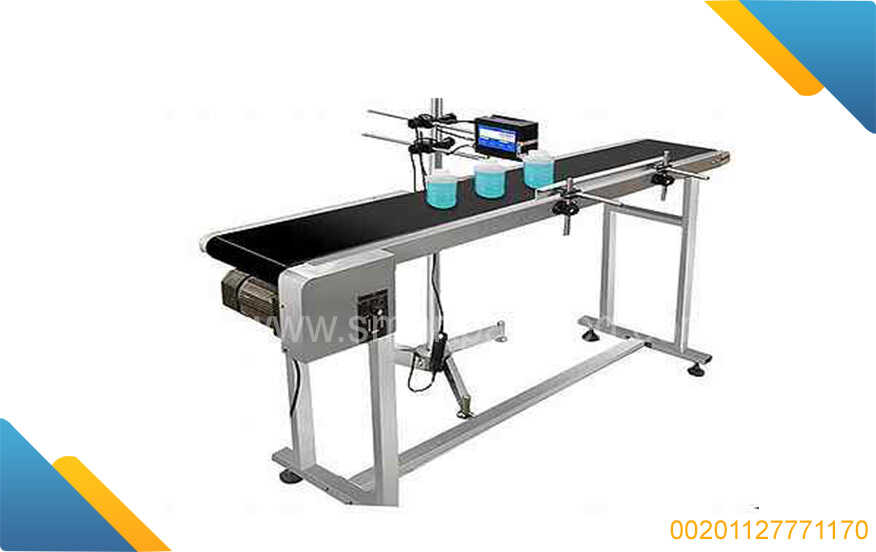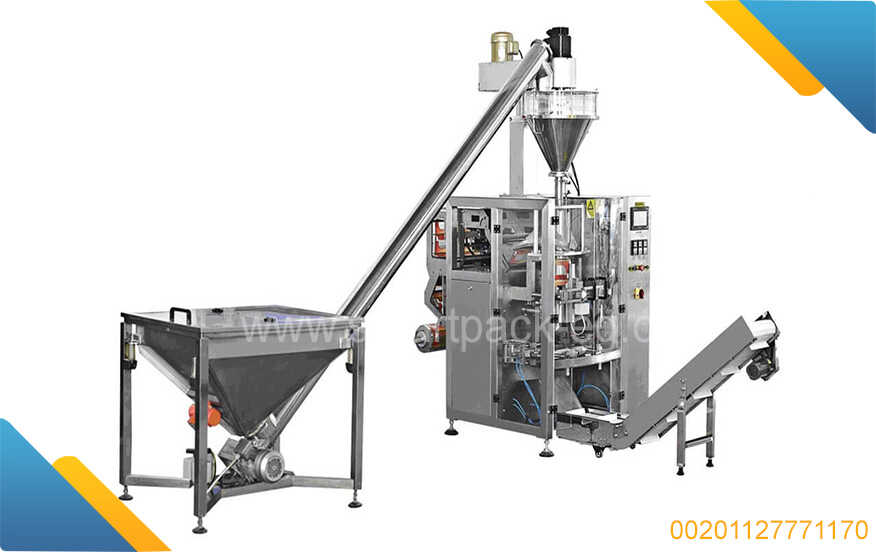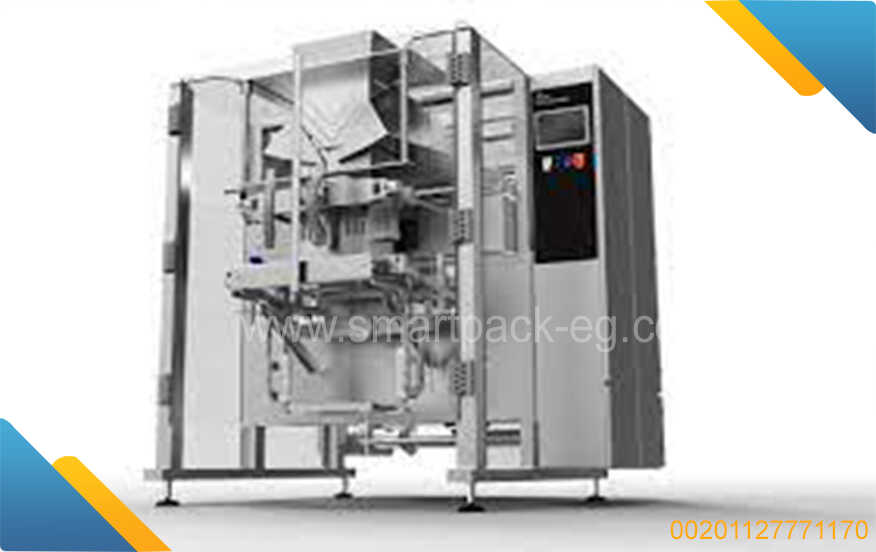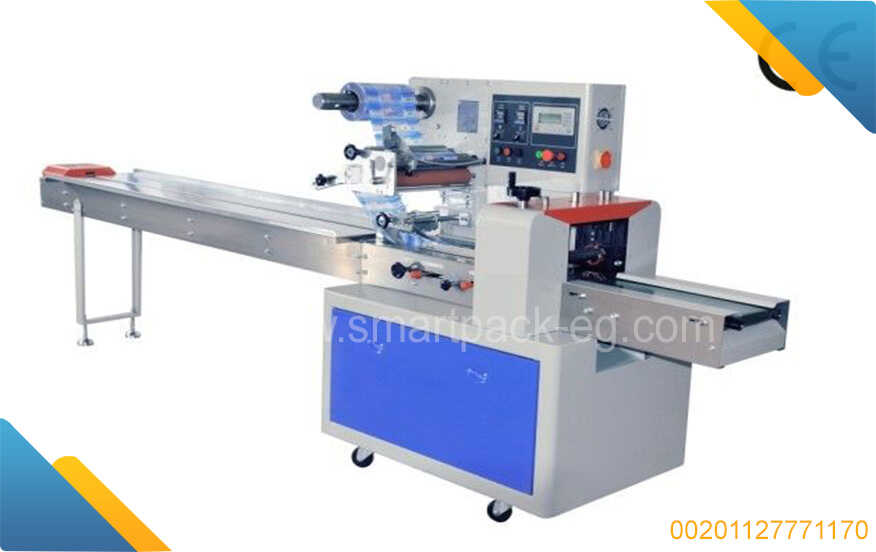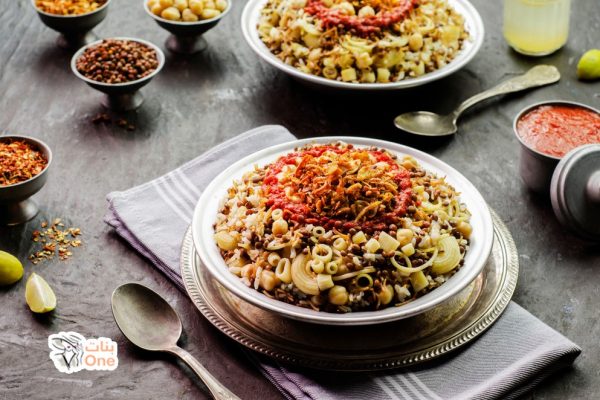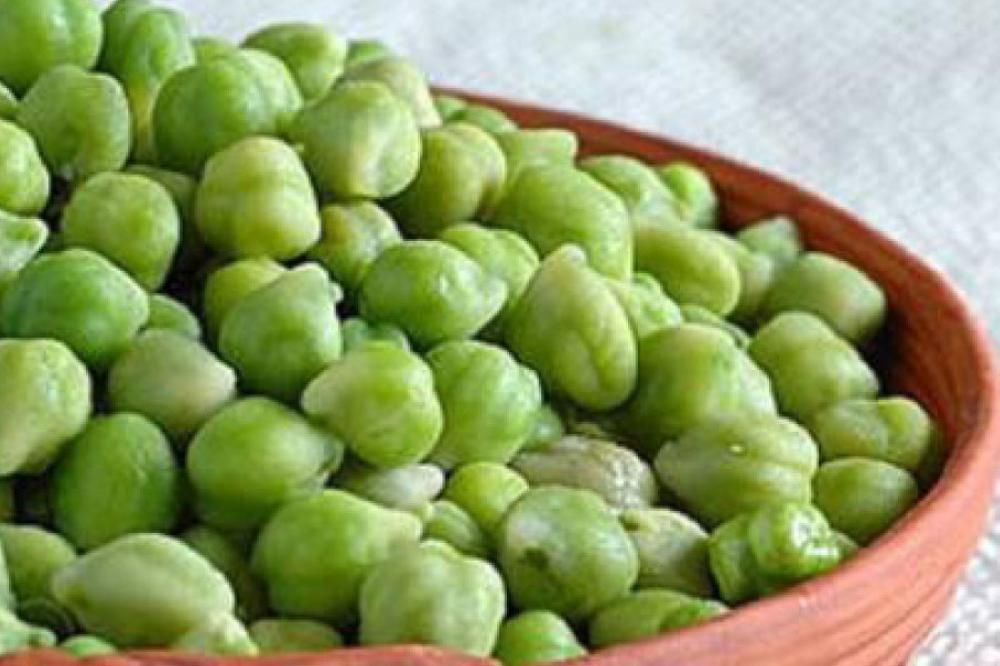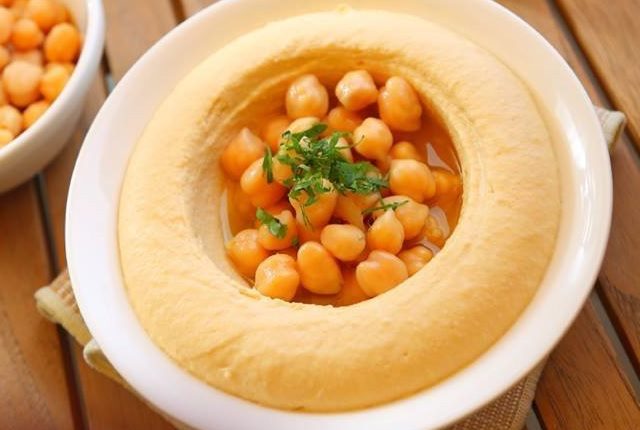How to Guide: Cultivation of Grains in Morocco and Packaging Methods
Introduction:
Cultivating grains in Morocco can be a fruitful endeavor, given its suitable climate and fertile land. In this guide, we will explore the step-by-step process of cultivating grains in Morocco, focusing on the most commonly grown grains like wheat, barley, and corn. Additionally, we will delve into the method of packaging grains effectively to ensure their quality and longevity.
Cultivation Process:
-
Selection of Seeds:
- Choose high-quality seeds that are adapted to the local climate and soil conditions.
- Opt for certified seeds from reputable suppliers to ensure good germination rates and disease resistance.
-
Land Preparation:
- Clear the field of any debris, weeds, or rocks that might hinder growth.
- Plow the land to break up the soil and improve its fertility.
- Level the field to ensure an even distribution of water during irrigation.
-
Planting:
- Select the appropriate planting time based on the specific grain being cultivated and local climatic conditions.
- Use mechanical planters or traditional methods like broadcasting or drilling to sow the seeds at the recommended depth.
- Follow recommended spacing guidelines to optimize plant growth and yield.
-
Irrigation:
- Monitor soil moisture levels regularly and provide sufficient water during critical growth stages.
- Utilize suitable irrigation techniques such as furrow irrigation or drip irrigation systems.
- Avoid overwatering, as it can lead to waterlogging and negatively impact crop health.
-
Weed and Pest Control:
- Implement integrated pest management practices to control pests and diseases.
- Regularly inspect the crop for any signs of infestation or weed growth.
- Utilize appropriate herbicides or pesticides as per recommended guidelines to minimize crop damage.
-
Fertilization:
- Conduct a soil test to determine nutrient deficiencies and apply fertilizers accordingly.
- Balance the use of organic and inorganic fertilizers for optimal soil health and crop nutrition.
- Apply fertilizers at the recommended rates and time periods to avoid nutrient imbalances.
Packaging Methods:
-
Storage Containers:
- Use clean, dry, and well-ventilated storage containers to prevent moisture buildup and pest infestation.
- Opt for food-grade plastic or metal containers with airtight lids or bags made from breathable materials.
-
Labeling and Sealing:
- Clearly label each container with the grain type, harvest date, and any other relevant information.
- Securely seal the containers to maintain freshness and prevent contamination.
-
Temperature and Humidity Control:
- Store grains in cool, dry environments to prevent spoilage and preserve their quality.
- Maintain humidity levels below 14% to prevent mold growth or insect infestation.
-
Pest Prevention:
- Regularly inspect stored grains for signs of pests and take immediate action if detected.
- Use organic pest control methods like diatomaceous earth or traps as a preventive measure.
Conclusion:
Cultivating grains in Morocco can be a rewarding endeavor, provided the right techniques are applied during the cultivation process. By following the step-by-step process outlined above and implementing effective packaging methods, farmers can maximize yield and maintain grain quality for an extended period. Remember to tailor these guidelines to suit your specific location and crop type for the best results.

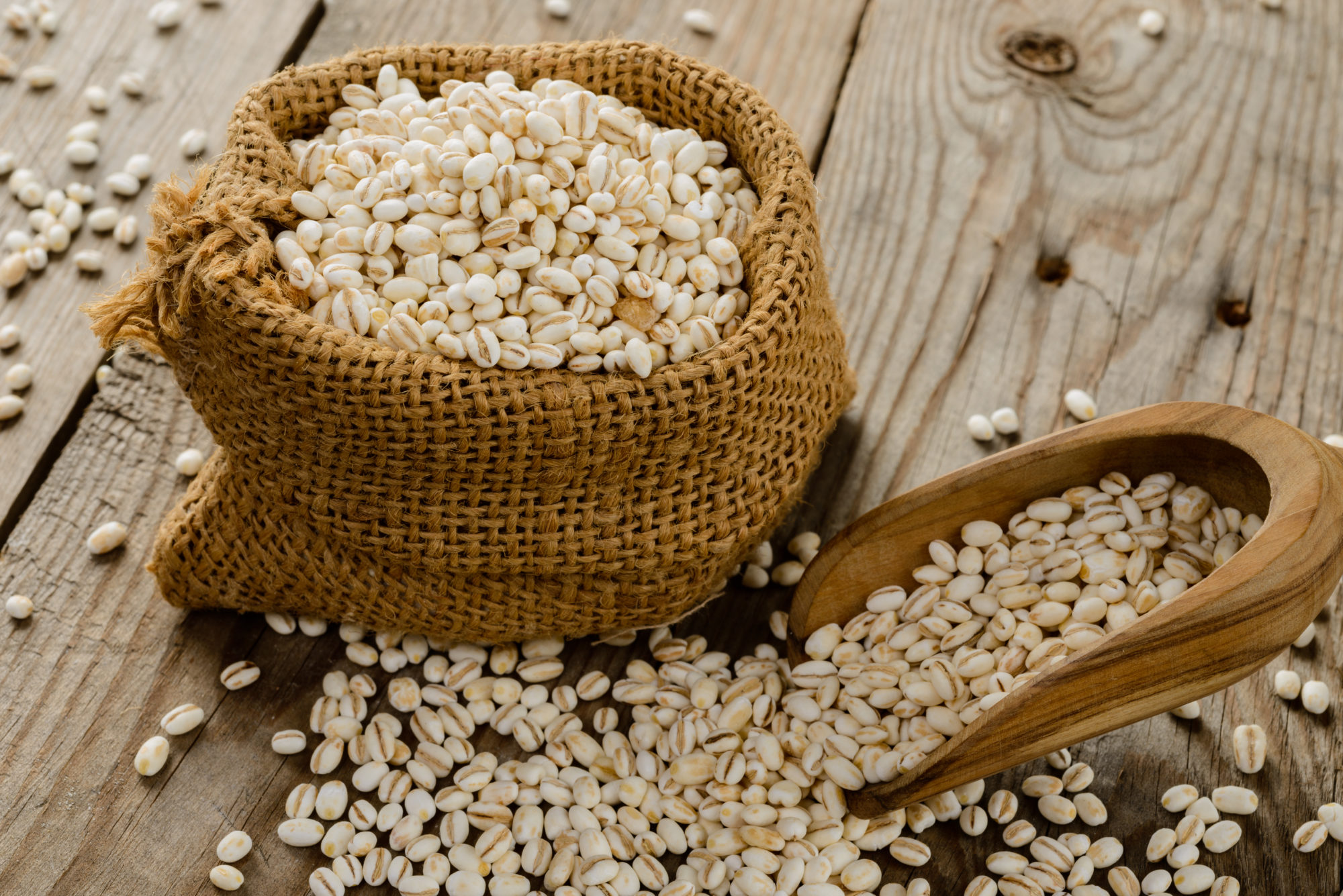
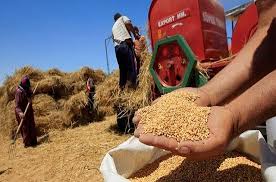
 Admin
Admin 